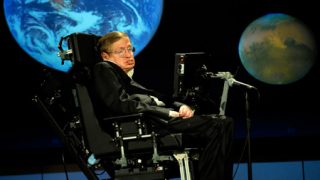
Sieving at the nanoscale: desalination of seawater through nanoporous graphene
Perhaps the most repeated words in the last few years when talking about graphene – since scientists Geim and Novoselov were awarded the Nobel Prize in Physics in 2010 for their groundbreaking experiments – are “the material of the future”. There are some risks regarding so many expectations about everything related to materials science, since […]








